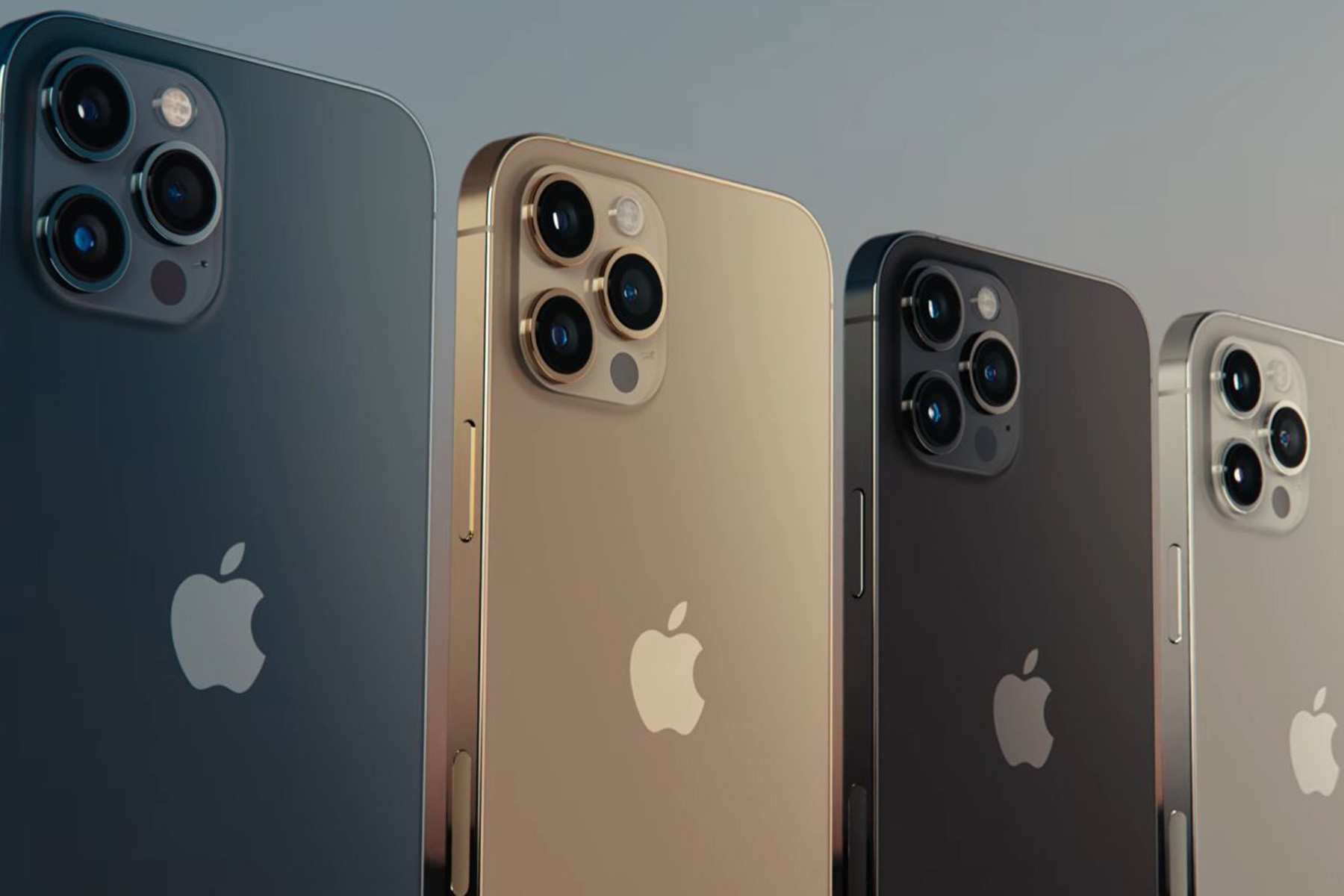Apple has officially unveiled the new iPhone 12 series during its October 2020 launch event, featuring four models in the lineup: the iPhone 12, iPhone 12 mini, iPhone 12 Pro and iPhone 12 Pro Max.
View this post on Instagram
While the iPhone 11 series had major improvements from the iPhone X, Apple proves that it has even more to offer up its sleeves with this latest launch. Here’s a quick breakdown of everything that’s new and improved in the latest flagship iPhones.
New old flat design
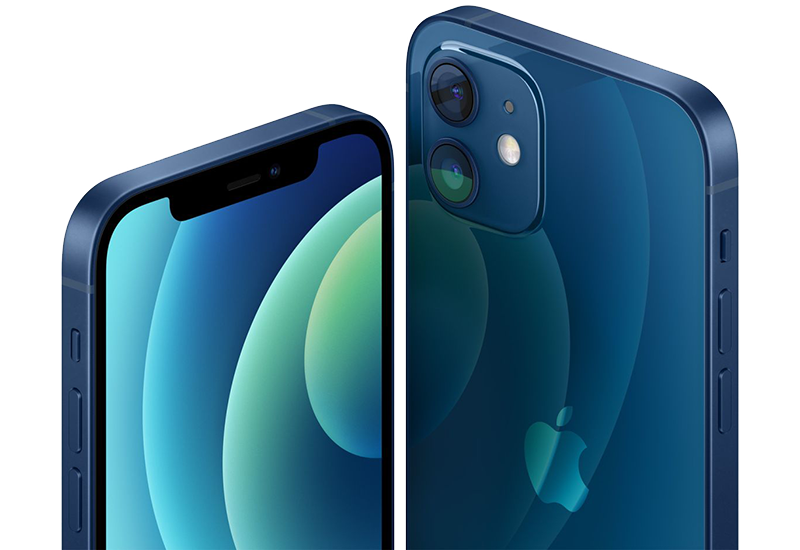
First thing you’ll notice right off the bat is the all-new design that recalls the iPhone 5 and that of the latest iPad Pro and iPad Air. Apple has ditched the curved aluminium frame in favour of flat, square edges in a matte finish, featuring sharper edges that transition to the glass front and back. Completing the look are slimmer bezels, though the top notch design remains the same – housing the front-facing camera and Face ID tech.
Larger displays
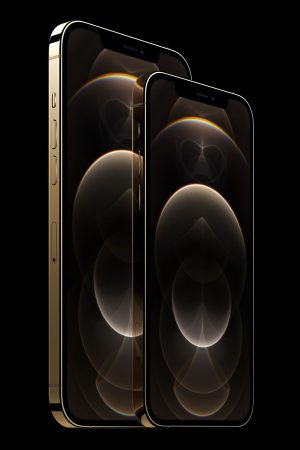 In terms of size, the iPhone 12 and iPhone 12 Pro now come with a 6.1-inch display, up from 5.8 inches. Meanwhile, the new iPhone 12 Mini sits at 5.4-inches and the largest iPhone 12 Pro Max features a 6.7-inch display. But more significantly, the displays are now made with Ceramic Shield glass, which is allegedly the strongest display covering commercially available today. Developed in partnership with glass maker Corning, Apple claims it has 4x better drop performance, offering improved durability to survive a drop without cracking or breaking.
In terms of size, the iPhone 12 and iPhone 12 Pro now come with a 6.1-inch display, up from 5.8 inches. Meanwhile, the new iPhone 12 Mini sits at 5.4-inches and the largest iPhone 12 Pro Max features a 6.7-inch display. But more significantly, the displays are now made with Ceramic Shield glass, which is allegedly the strongest display covering commercially available today. Developed in partnership with glass maker Corning, Apple claims it has 4x better drop performance, offering improved durability to survive a drop without cracking or breaking.
The iPhone 12 is also 11% thinner, 15% smaller and 16% lighter than its predecessor iPhone 11, making it easier and more comfortable to grip. Besides the difference in colourways, the Pro models come with a matte frosted glass back (as opposed to a glossy glass back), which make them less of a fingerprint magnet than the 12 and 12 mini.
All models now come with Super Retina XDR OLED display, a feature previously reserved for the Pro models. Plus, they all boast a higher 1080p+ resolution – the first time that Apple is offering a consistent display experience across the board.
More powerful A14 Bionic chip
Apple spent a good chunk of time highlighting the new A14 Bionic Chip, which it calls the fastest chip in a smartphone. Also found in the iPad Air 2020, it’s the first commercial 5nm chip in the market and features a 6-core CPU, 4-core GPU and a 16-core Neural Engine. This opens up a multitude of possibilities for mobile gaming and multitasking with the iPhone 12.
Better cameras 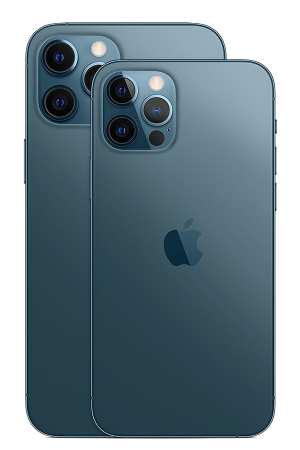
Unlike competitors, Apple has retained the number of camera lenses in the standard and Pro models. However, the main camera now features a unique 7-element lens, with a wider f/1.6 aperture to improve low-light photography. The iPhone 11 stills boasts one of the best Night Modes in a flagship phone, and Apple has continued to build on that with the iPhone 12 models – claiming a 27% improvement in low-light capabilities.
Plus, Apple has enabled night mode on all of the cameras, including both the rear ultrawide camera and the front-facing selfie camera. Along with upgraded optical image stabilisation in all four models, expect a 5x optical zoom range and all-round sharper photography.
5G connectivity and more

Though late in the game, the iPhone 12 series finally comes with 5G capabilities. In Malaysia, however, it is listed only with sub-6GHz without the higher mmWave. Other noteworthy upgrades include IP68 dust and water resistance that’s now able to withstand being submerged in water up to 6 metres deep.
Related: What is 5G and how will it change things?
Optional accessories
While both the iPhone 12 and iPhone 12 Pro share a smaller battery capacity of 2,815 mAh compared to the iPhone 11 (3,110 mAh) and iPhone 11 Pro (3,046 mAh), Apple claims that the power-efficient A14 bionic chip places them on par with the earlier models.
Still, there are add-on accessories to consider for heavy performance users. Since there’s no charger included in the box for sustainability (or some say capitalist) reasons, users can opt for Apple’s 20W PD charger or another USB-PD compatible adapter.
Alternatively, users can consider the new MagSafe charger for a fast, wireless charging option. The add-on accessory is compatible with iPhone 8 and later, as well as AirPods models with a wireless charging case, but it’s specially designed to align with the iPhone 12’s built-in magnets for an effortless snap and more seamless charging (watch the video at the top of the page for an idea). Apple also offers a range of phone cases with built-in magnets to perfectly align with the MagSafe charger without compromising safety and convenience.
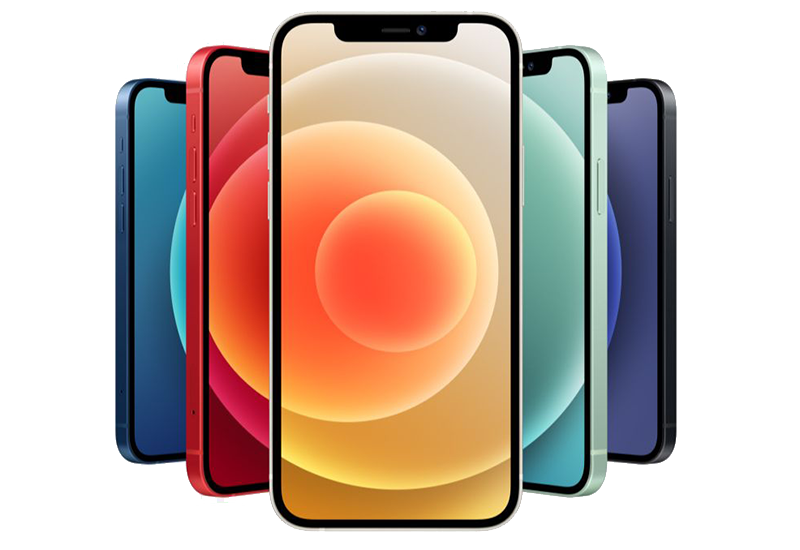
The iPhone 12 and iPhone 12 Mini models are available with 64GB, 128GB or 258GB of storage in 5 colours: blue, green, black, white and red. The iPhone 12 Pro and iPhone 12 Pro Max models start at 128GB of storage up to 512GB, and are available in four colours: Pacific Blue, Gold, Graphite and Silver. Pricing starts from RM3,399 onwards.
For more information or to purchase, log on to the official Apple website here.
[Note: This article was originally posted on October 14, 2020.]
Photos: Apple




